Red flag: 10 signs it's time to take your memory issues seriously
Published on August 13, 2025
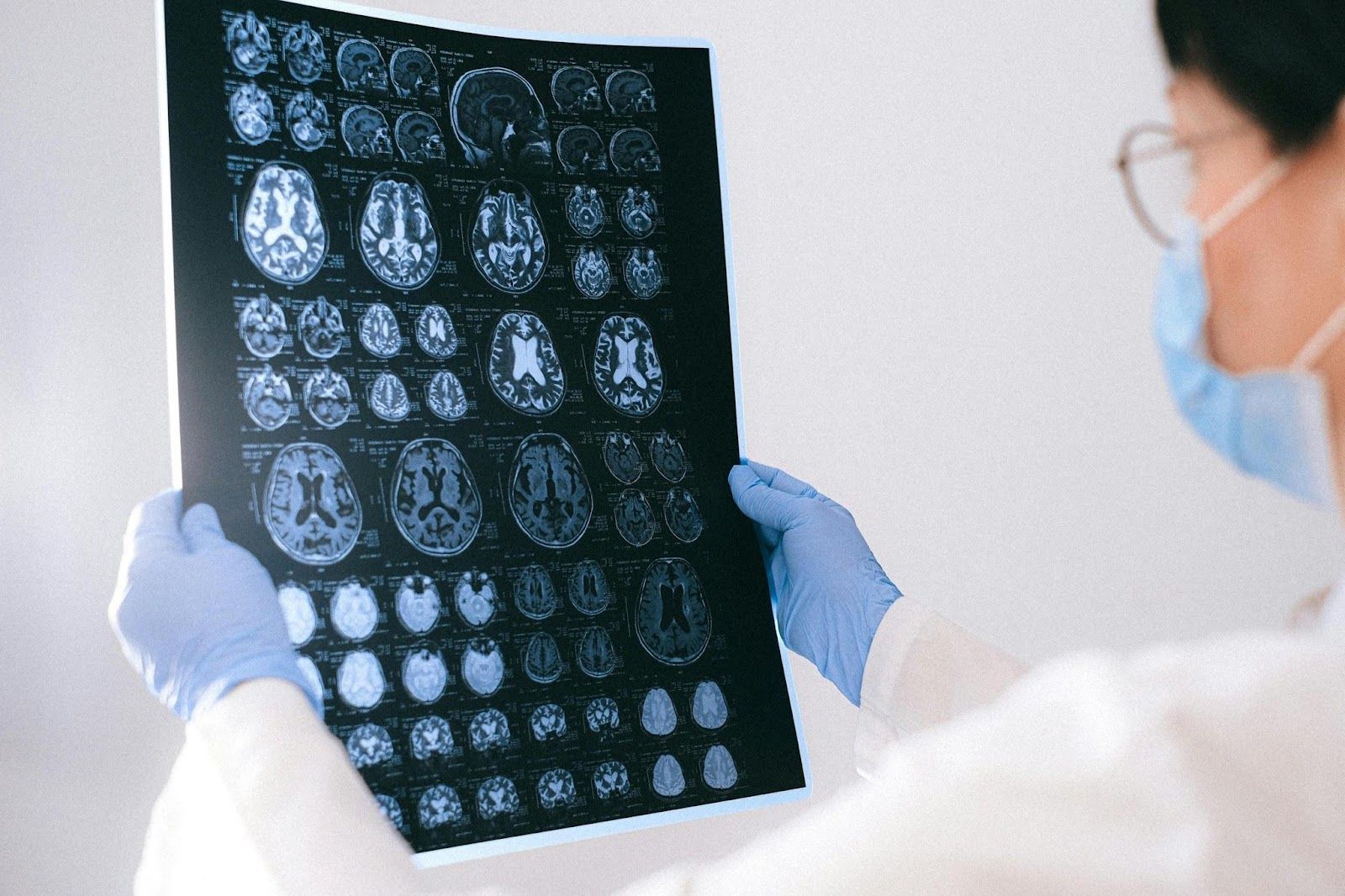 Credit: Anna Shvets
Credit: Anna Shvets
Memory is one of the biggest concerns as people grow older. Small daily lapses in memory may make you suspect you are facing the first symptoms of a serious illness. How do you know if these are normal age-related changes or signs that require urgent medical attention? The brain, like any other organ, undergoes natural changes as the years pass. However, there are clear signs that indicate the need for professional help. Here are 10 signs of cognitive decline that you should not ignore.
You struggle with familiar tasks
 Credit: CDC
Credit: CDC
When we are young, our brains are more plastic and can adapt and change easily. That’s why we are full of energy and can multitask. But as we age, our attention span starts to decrease.
Do you often go to the kitchen and suddenly forget why you were there? That's perfectly normal. However, you should start to worry if the lapses happen when you are supposed to be concentrating on just one thing, instead of when you are tackling five things at once.
You forget about your usual commitments
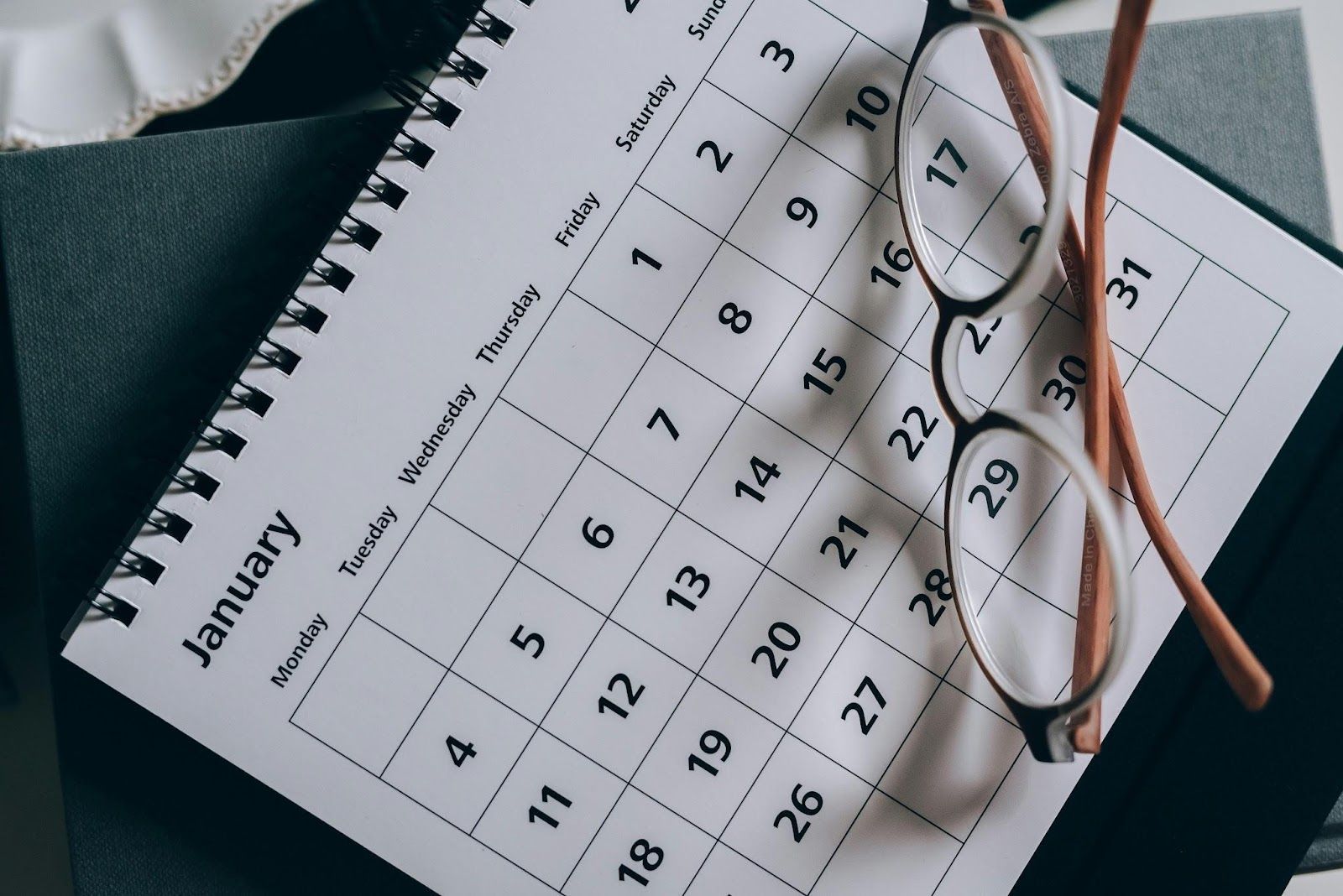 Credit: Leeloo The First
Credit: Leeloo The First
We all forget we’ve made plans every once in a while, no matter how old we are. But if you're having trouble keeping up with your routine and the regular activities you've been doing for years, something else is going on.
If you recently forgot an important appointment with a friend or didn't remember to pick up your grandchild from school, don't be alarmed, but consult your primary care doctor as soon as you can to rule out any major issues.
You frequently lose important belongings
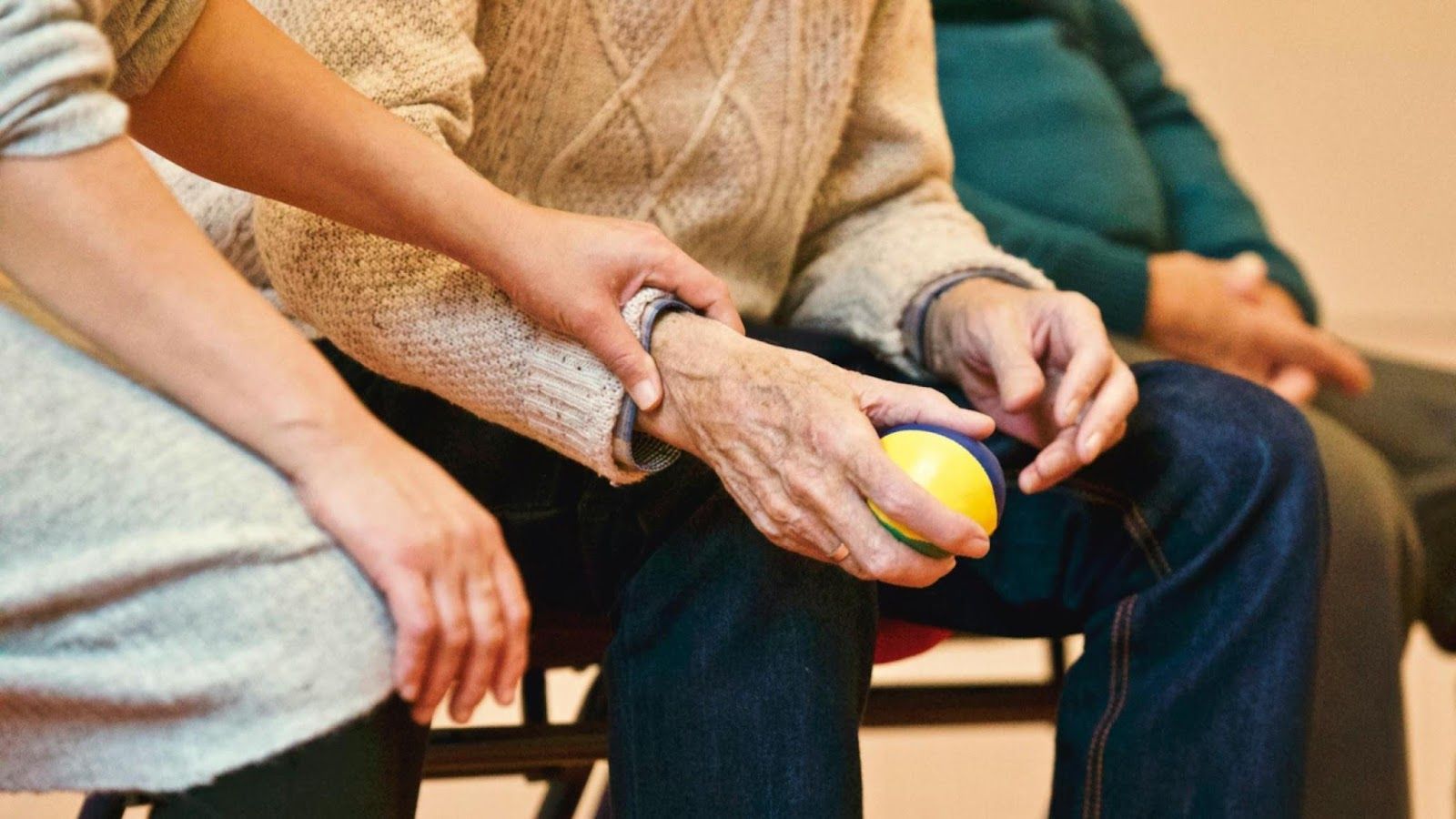 Credit: Matthias Zomer
Credit: Matthias Zomer
Occasionally forgetting where we have left our keys or where we keep our passport can happen at any time in life. However, misplacing important things regularly, like your credit card or your wedding ring, can be a worrying sign, especially if you have always been a neat and organized person.
You have difficulty understanding visual images
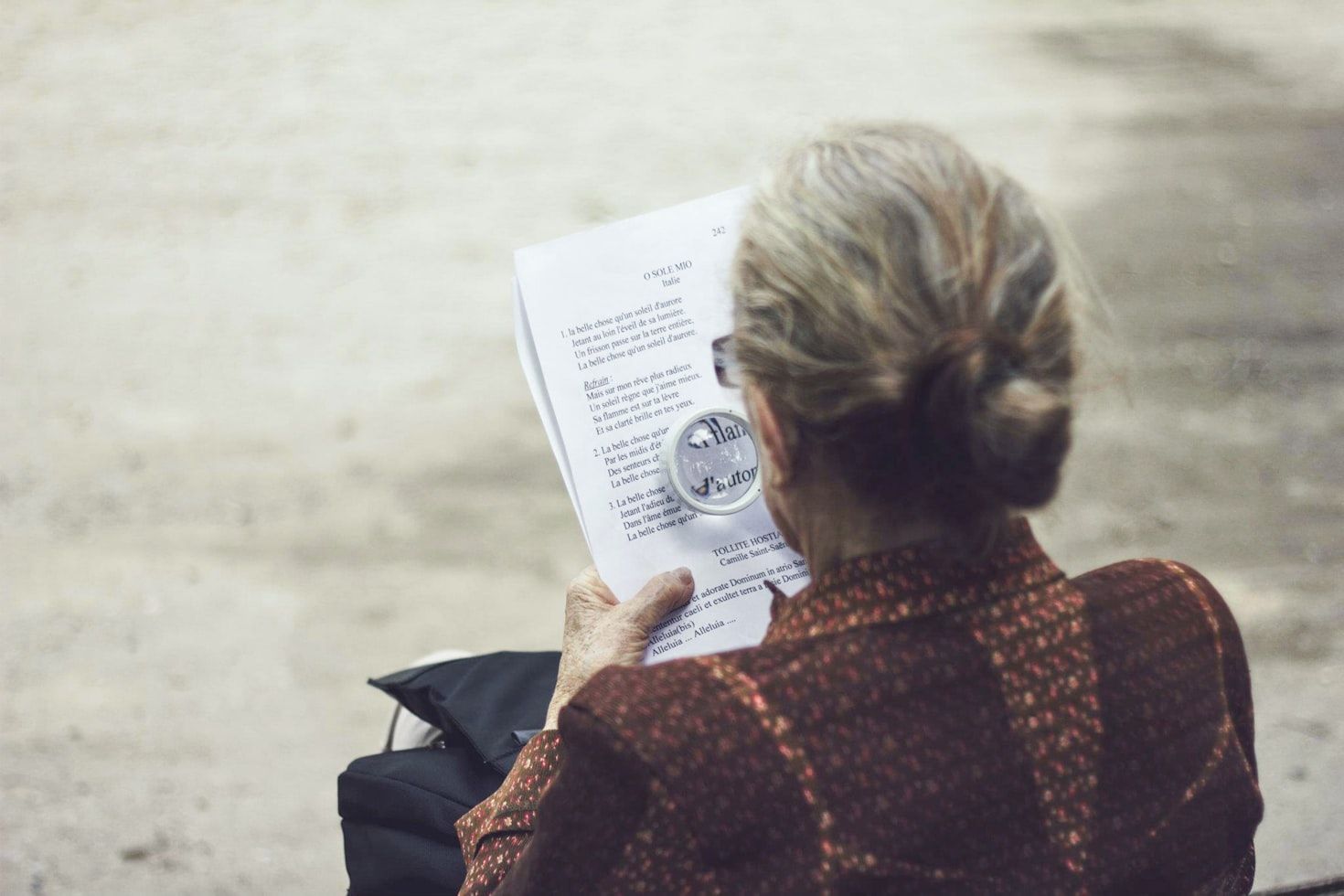 Credit: Clément Falize
Credit: Clément Falize
In addition to memory issues, another sign that can alert us that we may have Alzheimer's is experiencing vision changes. This can lead to balance or reading problems.
You may also have trouble judging distances and determining color or contrast, which can cause problems driving a car. For your safety and the safety of others, if you think you have any of these symptoms, you should consult a physician.
You are experiencing mood or personality changes
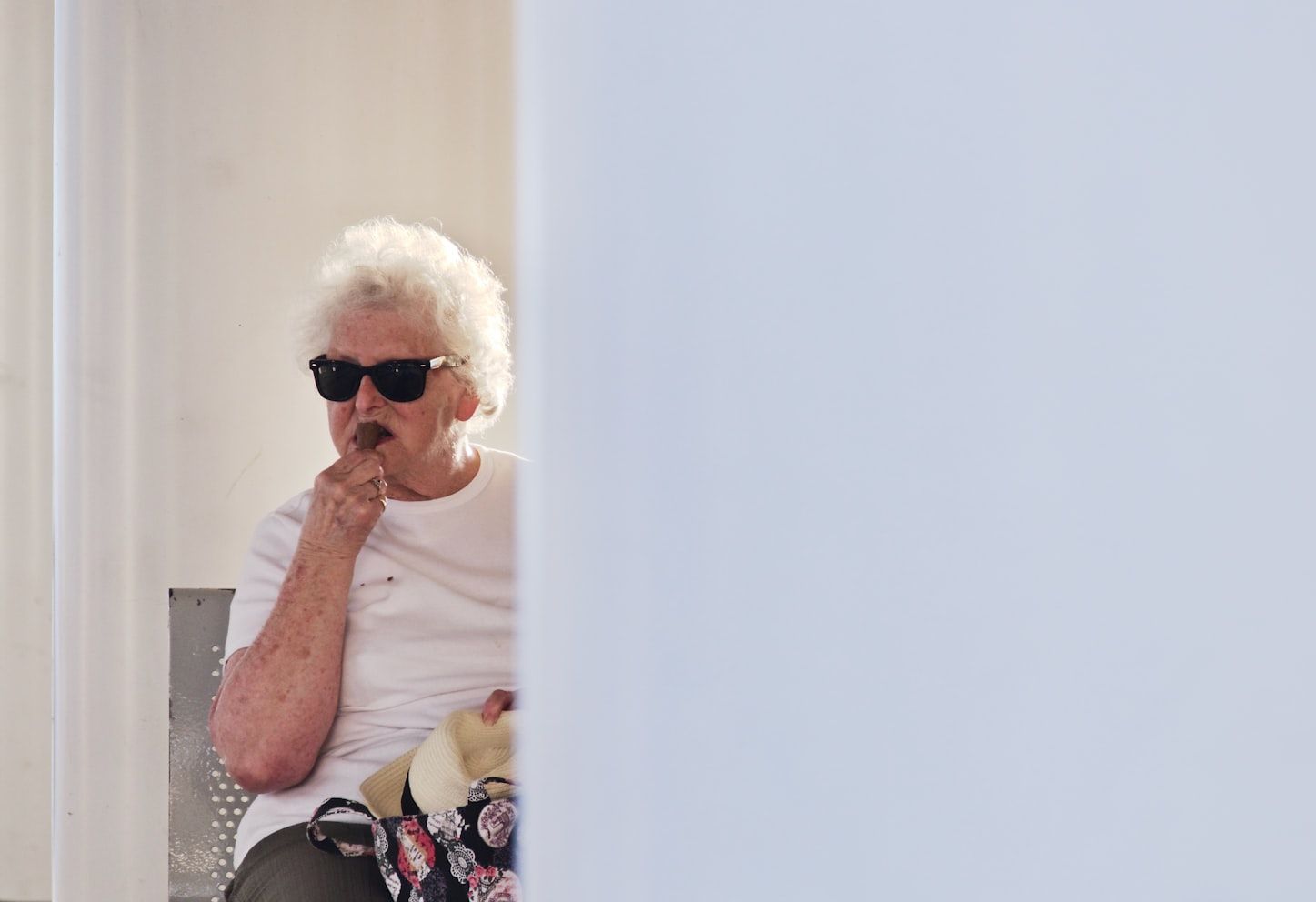 Credit: tam wai
Credit: tam wai
Alzheimer's and dementia are not just about forgetting things. They are cognitive and behavioral diseases. In addition to memory loss, there are other important signs to consider, like depression, irritability, apathy, and anxiety, among others.
In many cases, these symptoms begin to appear several years before a diagnosis is confirmed, so it is important to pay attention to them as soon as we notice that something is changing in our behavior.
You have speech issues
 Credit: Marcus Aurelius
Credit: Marcus Aurelius
Have you ever struggled to find the exact word when talking? People with Alzheimer's or dementia may have trouble following or participating in a conversation.
They may stop talking in the middle of a conversation with no idea how to continue. They may even struggle with vocabulary, having trouble naming a familiar object or using the wrong name (such as calling a "pencil" a "writing stick").
You’ve become repetitive
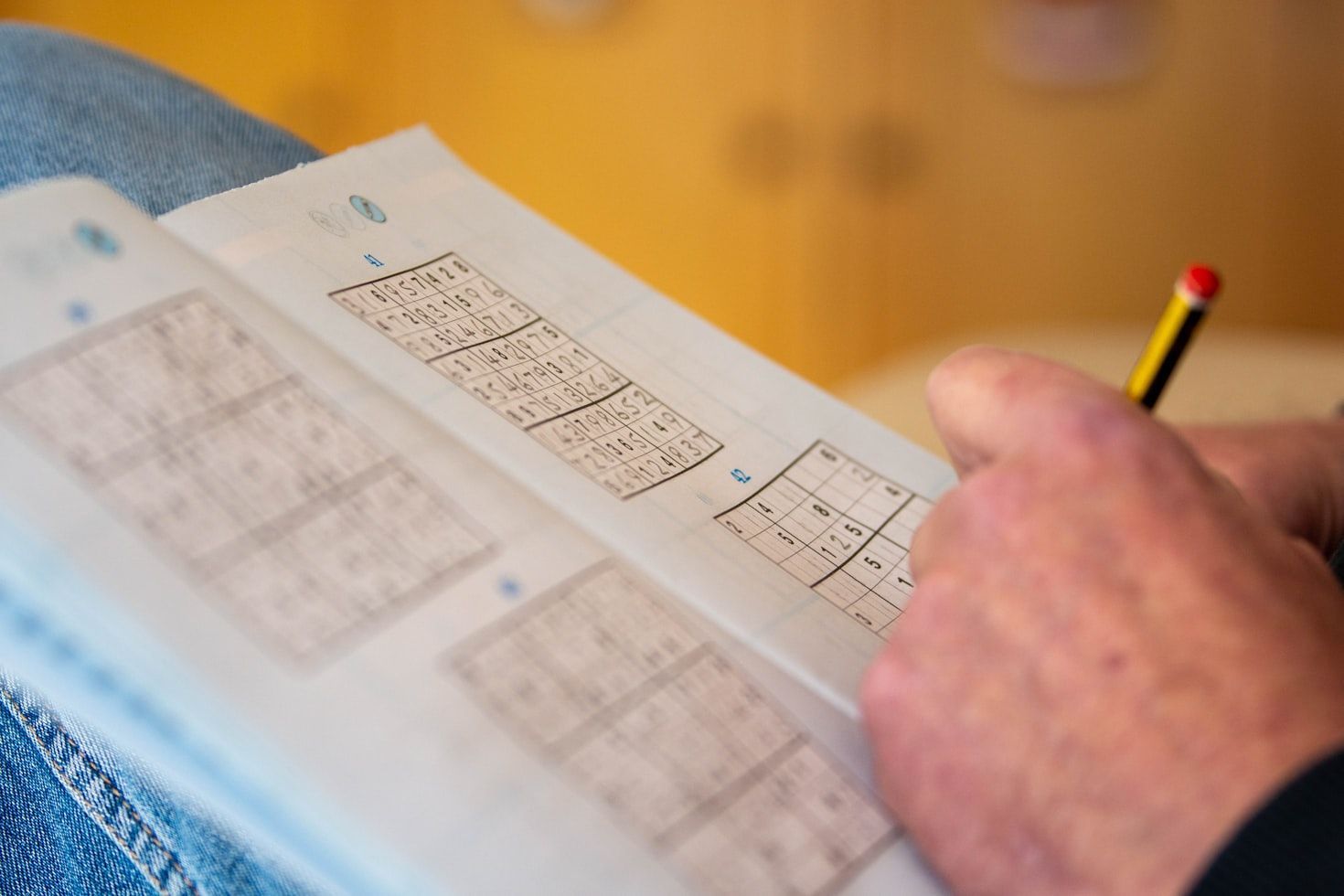 Credit: Richard Bell
Credit: Richard Bell
Absent-minded people tend to repeat the same stories and questions, and in most cases, it’s just a personality trait. It’s totally normal to ask again for an important piece of information if we were busy the first time we were told. But if you come across a person who wasn't always a repeater and lately keeps asking the same things over and over again, it's worth looking into it.
You get disoriented in familiar places
 Credit: RDNE Stock project
Credit: RDNE Stock project
The ability to be oriented in space, known as visual-spatial memory, can become impaired in the early stages of cognitive decline. Getting lost on familiar routes, such as the usual walk to the supermarket or to a relative's house for no apparent reason, is one of the most obvious signs that something is wrong.
These types of episodes should be considered a warning sign unless there were recent changes in your surroundings’ infrastructure.
You are experiencing difficulties with problem-solving
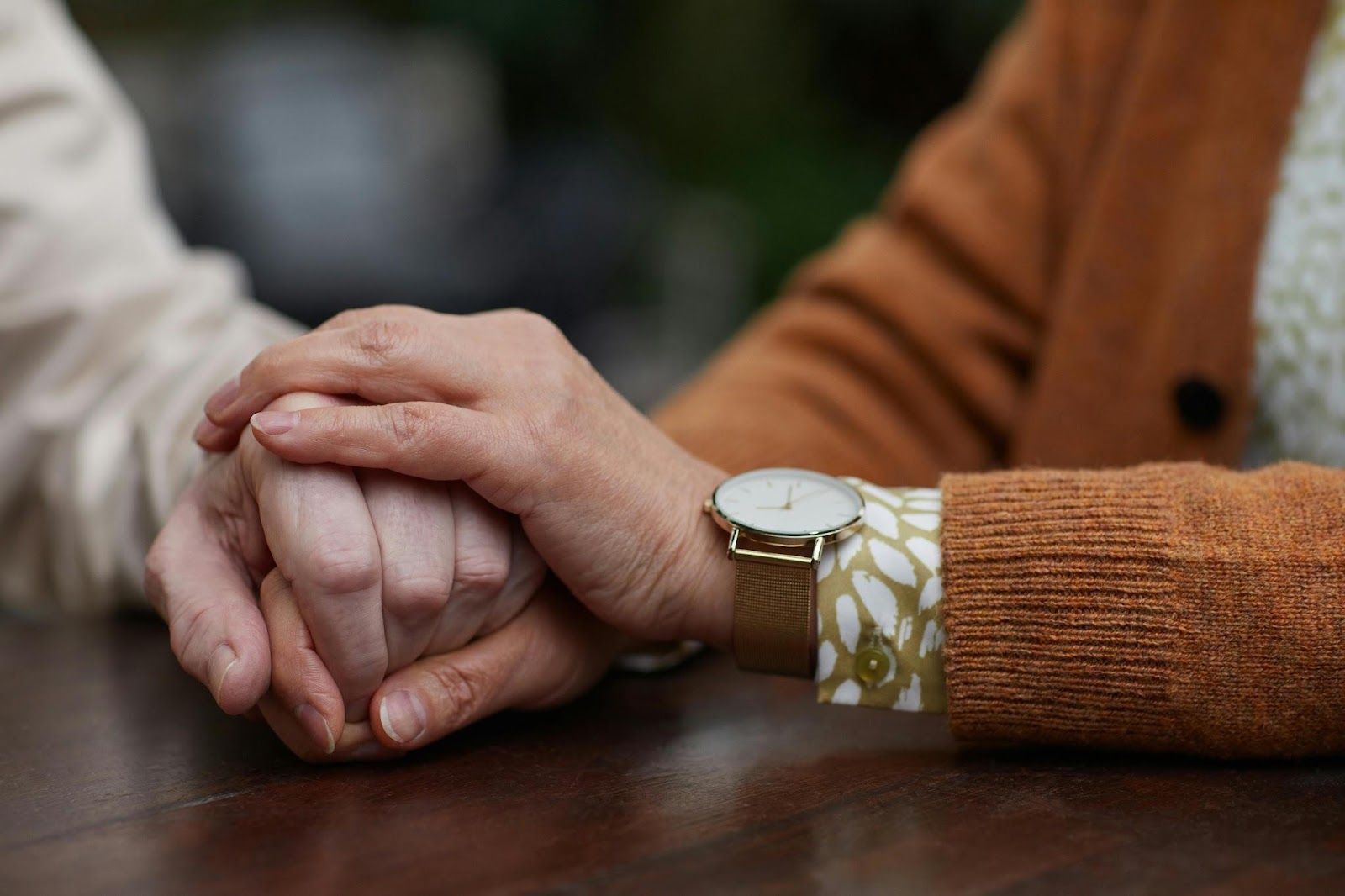 Credit: Marcus Aurelius
Credit: Marcus Aurelius
Some people living with memory issues due to Alzheimer's or dementia experience changes in their ability to develop and follow a plan. They may have difficulty working with numbers or following a known recipe, for example.
If you feel you are having a harder time concentrating or it takes you longer than usual to handle everyday tasks such as paying monthly bills, then it’s time to consult with your doctor.
Your parents have a history of Alzheimer’s
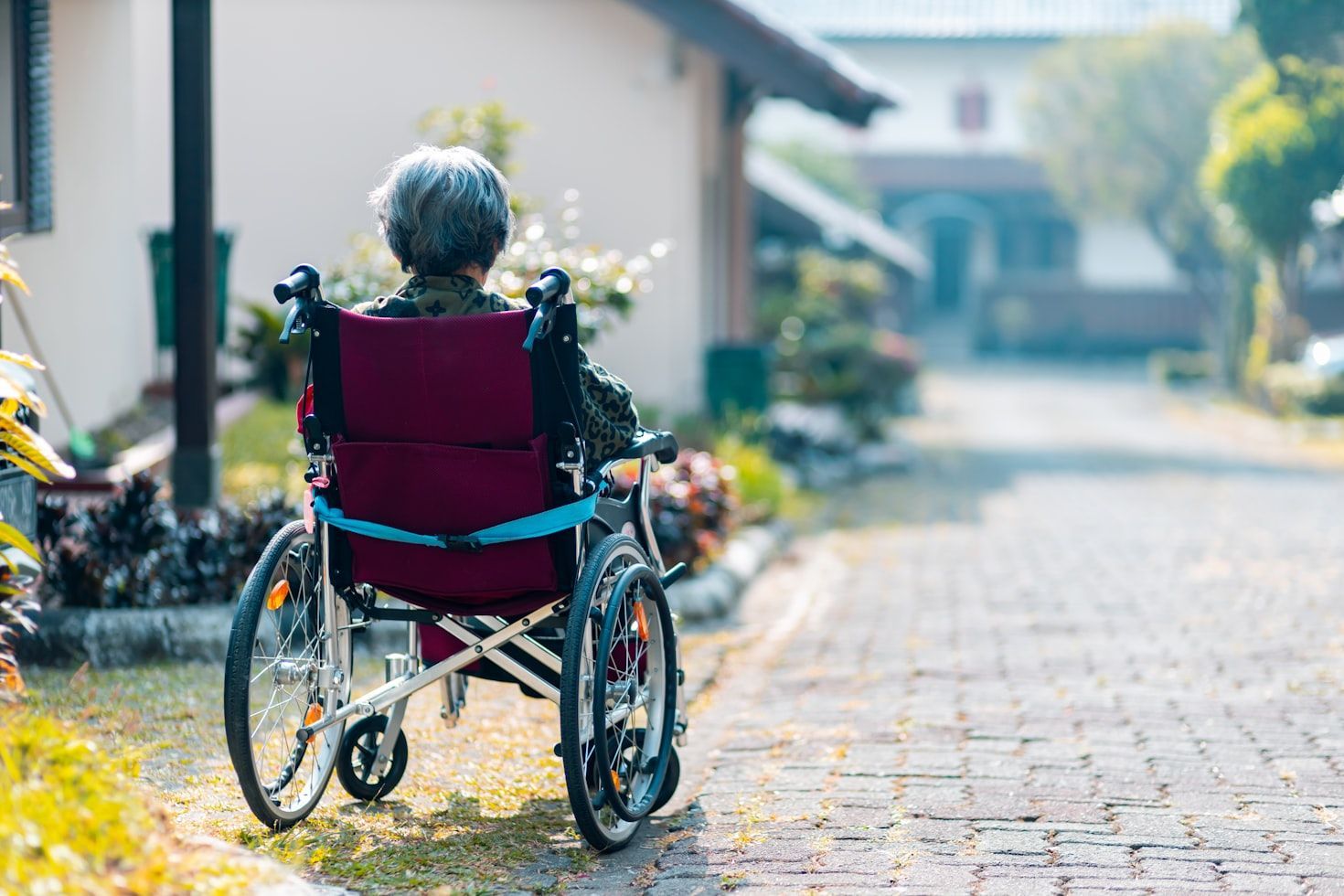 Credit: Steven HWG
Credit: Steven HWG
Family history is a significant risk factor. If a parent developed Alzheimer's symptoms at an early age, there is a greater chance that their offspring will also face cognitive impairment at a similar age.
Nonetheless, an early diagnosis allows patients to implement lifestyle changes, adopt appropriate pharmacological treatments, and, in many cases, significantly delay the progression of the disease.










